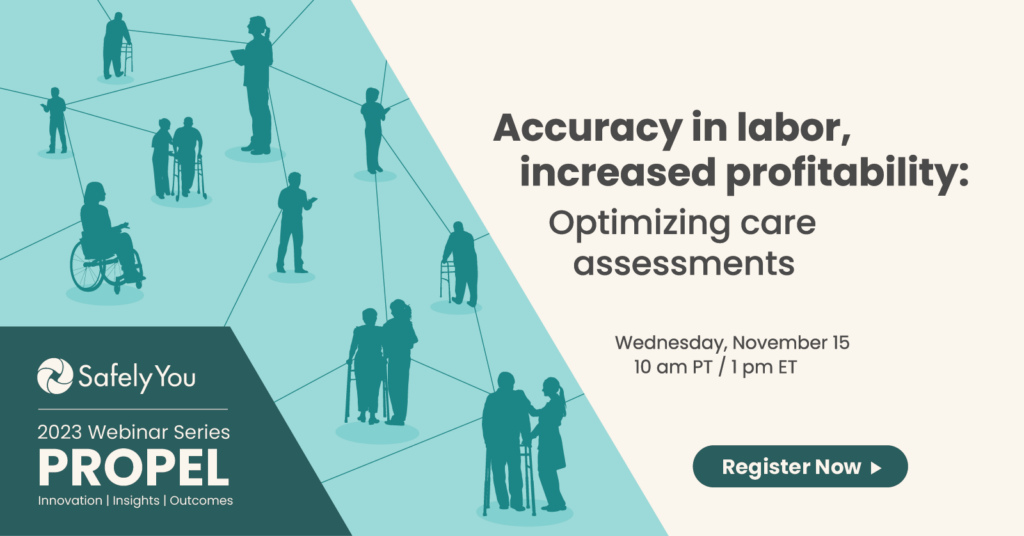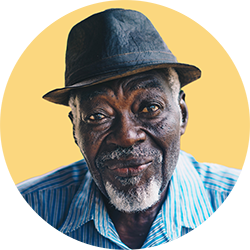When I joined SafelyYou, I thought that falls were a generic problem with a set of universal solutions. If this were true, the most common strategies used to reduce falls are related to creating a safe environment:
- Minimize room clutter that constitute tripping hazards
- Ensure proper lighting especially with residents with reduced visual acuity
- Keep mobility aids near the bed and correctly positioned
That’s when things got interesting for me. I learned that these strategies become much more effective with an understanding of the unique behaviors and habits of each resident. For example, I recently watched a video of a resident who was caught off balance and fell while she was attempting to find something on her cluttered bed. Removing the clutter from her bed (and room) would undoubtedly solve a lot of immediate problems, but the underlying behavior of the resident remained to be determined.
Why was this resident searching through her things? Would cleaning up her bed mean that she’d no longer search for things? Would this prevent her from falling in the future? I was looking to understand the root cause of a behavior that was specific to this individual.
By working with her care staff, we were able to delve a bit deeper into the behavior of the resident. As it turns out, she was looking for her TV remote. She enjoys watching TV while she’s alone in her room. The fall occurred because more than one thing was happening at the same time:
- The resident was searching for something that was hidden
- The item was hidden in clutter
- The resident lost her balance
By taking on a person-centered, individualized approach to fall prevention, we uncovered the motivation behind her choices. From there, the care team crafted a personalized care plan that included providing the resident with her TV remote before they leave the room.
To reduce the risk of falls in your community, it’s critical to take a person-centered approach to fall prevention and reduction. Work with your care team to understand what is motivating that particular resident to act, move, get up, or otherwise deviate from their typical daily activities. Seek to understand what their typical daily activities are. Discuss potential hazards in the room that are specific to the resident, because they might not be a hazard to someone else.
The universal fall prevention strategies listed above are valid to reduce falls in memory care communities in general, but they are only powerful enough to reduce falls when we can understand them in the context of the specific person.





